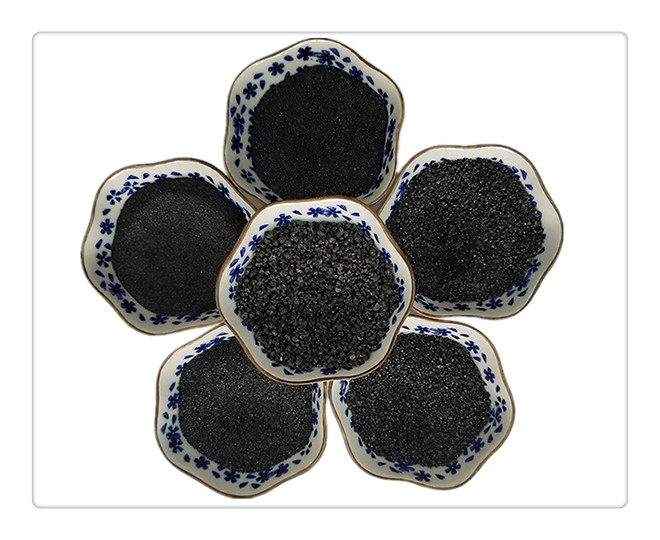Tourmaline is the general name of tourmaline group minerals. Its chemical composition is relatively complex. It is a ring structure silicate mineral characterized by boron containing aluminum, sodium, iron, magnesium and lithium. [1] The hardness of tourmaline is usually 7-7.5, and its density is slightly different with different types. See the table below for details. Tourmaline is also known as tourmaline, tourmaline, etc.
Tourmaline has unique properties such as piezoelectricity, pyroelectricity, far-infrared radiation and negative ion release. It can be compounded with other materials by physical or chemical methods to produce a variety of functional materials, which are used in environmental protection, electronics, medicine, chemical industry, light industry, building materials and other fields.
Tourmaline rough
The single crystal or micro crystal directly mined from the mine agglomerates into a certain volume of massive tourmaline.

Tourmaline sand
Tourmaline particles with particle size greater than 0.15mm and less than 5mm.
Tourmaline powder
Powdery product obtained by processing electrical stone or sand.
Tourmaline's own characteristics
Spontaneous electrode, piezoelectric and thermoelectric effect.
Post time: Jun-15-2020

